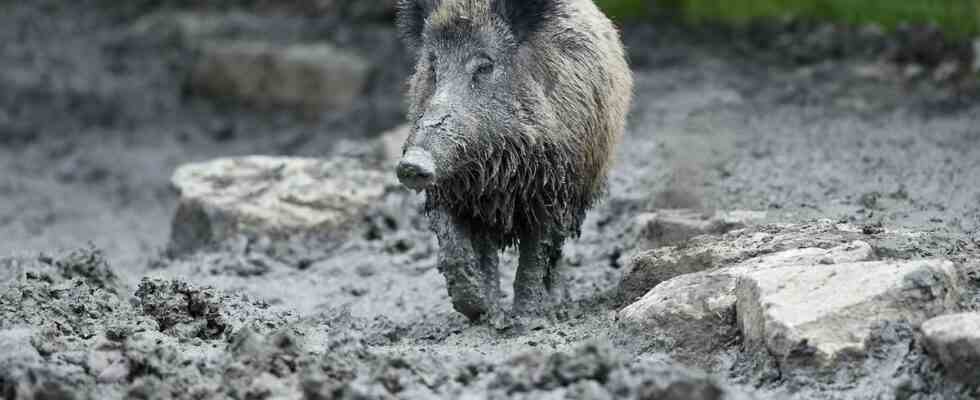“They are going over our land to look for food! “Our crops are completely destroyed as they pass…” Regularly, in the four corners of the Loire-Atlantique department, farmers express their dismay after the ravages of wild boars in their fields. A well-known scourge that is only increasing years and years, and this in a spectacular way. “Compared to last year, we are on a 35% increase in damage, calculates Denis Dabo, the director of the Loire-Atlantique hunters’ federation. The Nord-Loire sector is the most concerned, especially around Guérande or Notre-Dame-des-Landes which is an area that has not been hunted for a long time. We also see the phenomenon appear in more open, more cereal-growing areas. »
If the diagnosis is so precise, it is because the federation of hunters must compensate the affected farmers, since a law of the 1970s prohibited the latter from killing themselves the big game which would come to commit damage on their exploitation. And this year, the sum reached records: 417,000 euros. “We compensate vegetable farms with trampled lamb’s lettuce, orchards too. But what costs the most is corn!, continues Denis Dabo. It must be said that wild boars find food and shelter there. They love it and are sheltered there, like in a forest. »
A new trapping method
If no method of counting wild boars exists, the population would indeed be increasing sharply, favored by less harsh winters, an absence of predators and a high reproduction rate. Opposite, the number of hunts has also increased (just like the number of wild boars killed, rising in a few years from 3,500 units on average to 7,000). Operations also motivated by “the increase in road and rail collisions and complaints” which led the prefecture to classify the wild boar among the “species likely to cause damage for the season” and to bring forward the opening of the hunt , starting June 1.
The federation, which recalls that the maligned method of agrainage (attracting wild boars with food in wooded areas in order to keep them away from crops) is prohibited in the department, is betting on two new features this year to try to stem the curve. “We have implemented a new trapping method,” says Denis Dabo. About twenty cages have been placed in more urban areas, or along railway lines, where hunting is impossible. A hundred people have been trained in the rapid and effective killing of the animal, which is captured alive. »
The federation also reports having hired a “boar control plan” facilitator for three years. His main mission will be to make contact with the owners of areas that are currently untreated, but identified as refuges.

